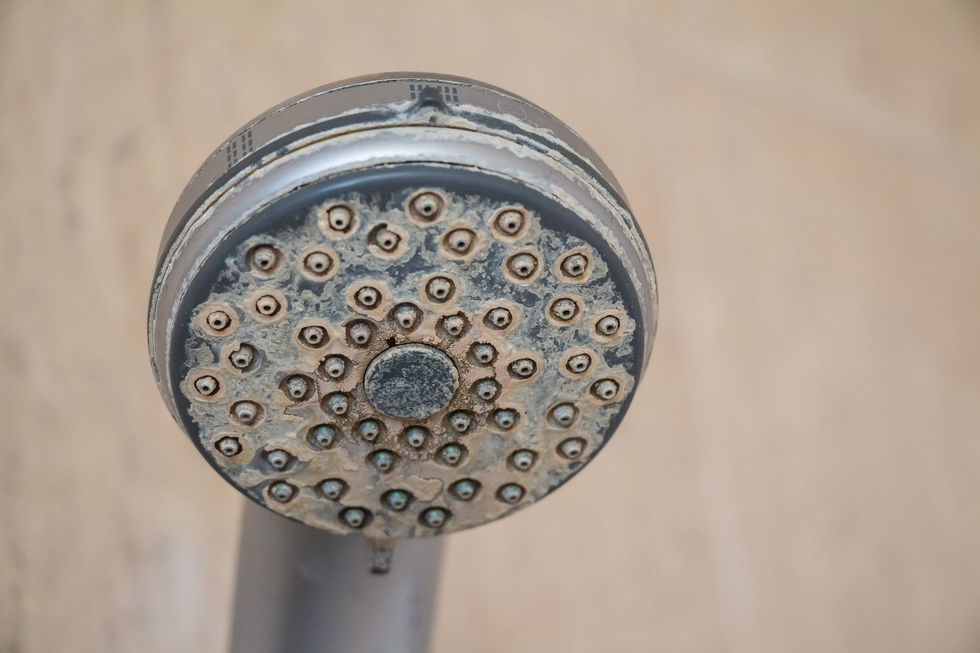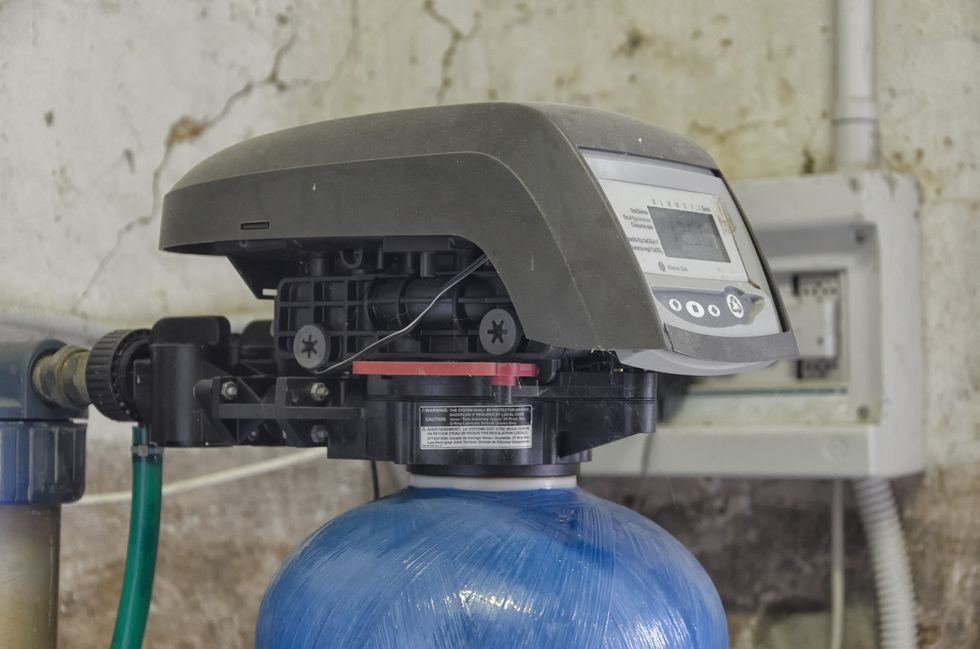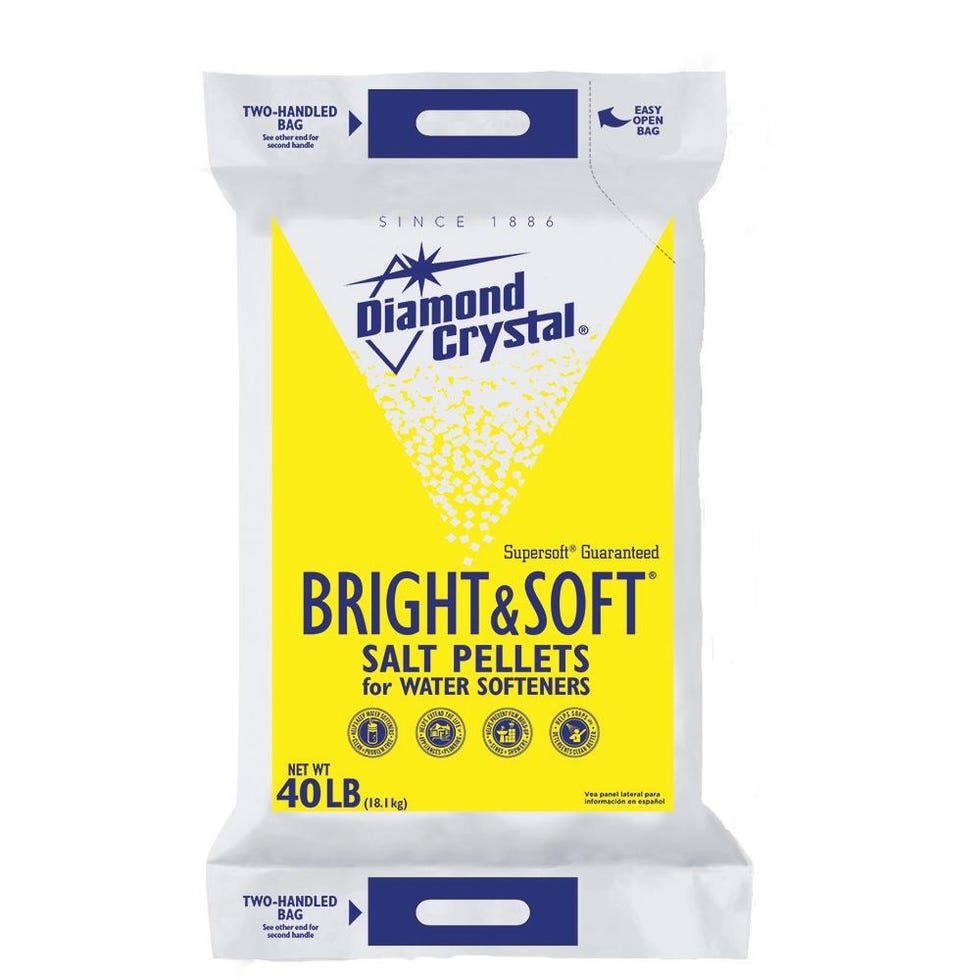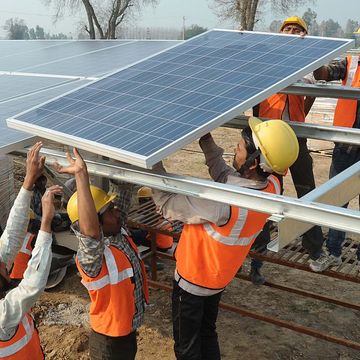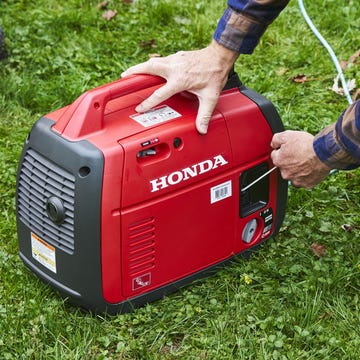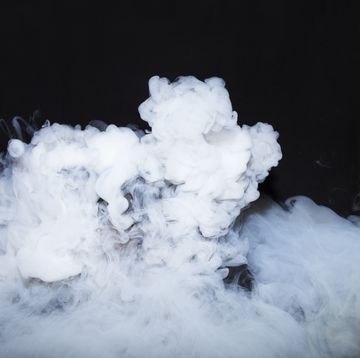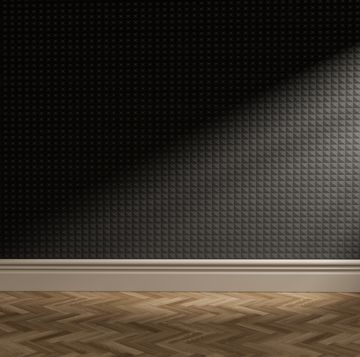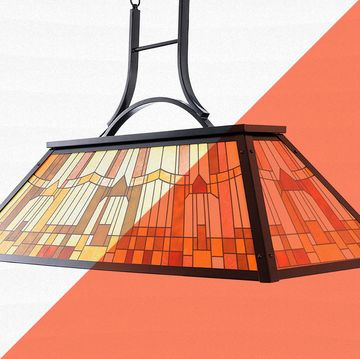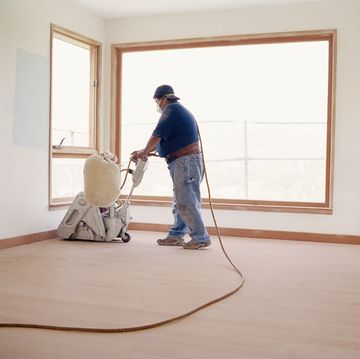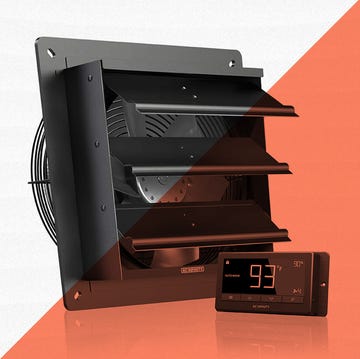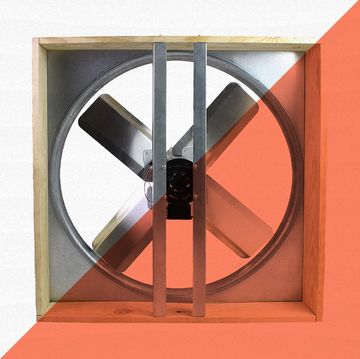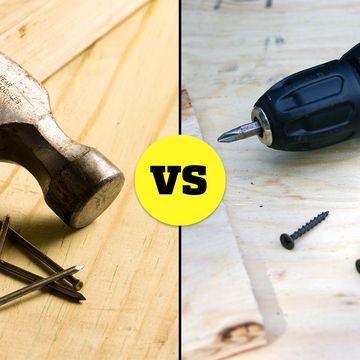There are few mechanical systems as mystifying as a water softener. After all, isn’t all water soft? Fair point. But water softeners were created to combat a surprisingly common problem: hard water.
According to the U.S. Geological Survey, about 85 percent of American households have hard water, including homes with city water and well water. But what exactly is hard water and, if your home has this issue, how does a water softener work and how can you make it work best for you?
What Is Hard Water?
Simply put, hard water is household water that contains high concentrations of dissolved minerals, specifically calcium and magnesium. Now, these minerals aren’t toxic and they don’t make water unhealthy to drink, or smell or taste funny, but they can be harmful just the same.
The effects of elevated mineral levels range from annoying to highly destructive. Hard water also causes cloudy water spots on sinks, dishes, silverware, bathtubs, and shower enclosures. White, crusty deposits form on teakettles and coffee pots. Hard water also dramatically reduces the lathering and rinse-ability of laundry detergent, body soap, and shampoo. As a result, laundered white clothes appear gray, and colored clothes look dull and faded. Bathing and showering in hard water makes your skin feel dry and itchy. And because shampoo doesn’t lather up very well in hard water, shampooing leaves your hair feeling and looking limp and dry.
🔨 Want to make smart home improvements? We'll help you.
Now, the effects of hard water are annoying and irritating. They can also be destructive when you consider the harmful effect hard water has on plumbing systems, fixtures, and appliances: As water runs through the supply pipes and then out faucets—think showerhead, icemaker, washing machine, water heater, boiler, and dishwasher—it’s leaving behind hard, crusty mineral deposits.
At first, these small deposits are harmless, but over time they build up and can eventually clog pipes, seize valves, and plug aerators and showerheads. And in some extreme cases, hard-water deposits can dramatically restrict the water flow in a home, putting undue pressure on the whole plumbing system.
How Do I Know If I Have Hard Water?
The best way to determine if your home has hard water is to bring a water sample to a certified water-testing laboratory. For about $100 or so you’ll receive a full report, and not just about minerals. The detailed analysis will also list the presence of many other substances, including nitrates, chlorine, sodium, and dangerous bacteria.
A more affordable—though much less comprehensive—option is to buy an in-home water test kit ($15 to $35). Or, you can conduct your own rudimentary hard-water test: Take a clean 16-ounce water bottle, add one-half cup of tap water and 10 drops of liquid dish soap. Tighten the cap and vigorously shake the bottle for 30 seconds. If a thick head of lather forms on top of the water, then your water is probably not hard. If, however, the water turns cloudy with very little lather, then the water likely contains elevated mineral levels. At that point, we’d suggest springing for the full analysis from a local water-testing lab.
So, as you can see, hard water is a common and potentially serious problem. Fortunately, there’s an effective and relatively affordable solution: install a water softener.
How a Water Softener Works
Whole-house water softeners come in a variety of sizes and styles to accommodate the size of your home and family. The softener is installed in the basement, garage, utility closet or wherever water enters the house.
A typical water softener consists of a tall, narrow water-softener tank, and a short, wide brine tank. The softener tank is connected to the home’s water-supply line. A small-diameter fill tube connects the brine tank to the softener tank. And a discharge hose runs from the softener tank to a nearby drainpipe or drywell.
The softener tank is filled with specially formulated resin beads, which are permanently sealed inside the tank. The brine tank has a removable lid so you can fill it with salt pellets or potassium chloride pellets.
Here’s a quick explanation of how a water softener system works:
Water enters the top of the water-softener tank and percolates down through the resin beads. The resin has a negative charge, which attracts the positively charged minerals in the water (a process known as ion exchange). The mineral deposits cling to the resin and the now-softened water exits the softener tank and flows throughout the house.
Sooner or later, however, the beads reach maximum capacity and can’t attract any more mineral ions. At that point, the softener tank must be regenerated, or, flushed clean. That’s where the brine tank comes in. An on-board computer calculates the amount of water that has flowed through the softener. When it reaches the preprogrammed setting, regeneration automatically begins. For a three-bedroom house and family of four, regeneration usually occurs every 12,000 gallons.
During regeneration, salty water from the brine tank flows up the fill tube and into the softener tank. A rinse cycle commences and the salty water washes the mineral deposits off the resin beads. The regenerated water—and all those destructive mineral deposits—are flushed out the discharge hose. The system then automatically reverts back to softening the incoming water.
The regeneration process slowly dissolves the salt or potassium chloride pellets in the brine tank. So, at some point, you’ll have to add more pellets to the tank. (Again, the resin beads are permanently sealed in the softener tank and never need replacing.) How often you’ll need to add pellets depends on how much water you use.
When we had both our children living at home, our family of four required me to add one 50-pound bag of salt pellets each month. Now with our kids off on their own, and only my wife and I at home, we’re adding one bag of salt to the brine tank every seven to eight weeks.
A Few Final Considerations
- Water softeners must be installed by a professional, licensed plumber or well-water contractor. If you can’t find one in your area, check with the local home-improvement center. Most have water-softener installation services, which include a free in-home consultation.
- Water softener costs vary widely depending on the size and make of the softener, but expect to pay between $2,000 and $2,500 for a typical system, including installation.
- Before considering a water softener for your home, be aware that softened water contains trace amounts of salt. An 8-ounce glass of softened water has about the same amount of salt as a single slice of bread. Now, that’s not very much salt, but for those on a very strict sodium-free diet it might still be too much.
- If you’d like to eliminate salt altogether from your drinking water, simply fill the brine tank with potassium chloride pellets, not salt pellets. The only drawback is that potassium chloride is relatively expensive, costing $25 to $35 per 50-pound bag. Salt costs only $6 to $8 per bag.
- Another option for salt-free drinking water is to use salt pellets in the brine tank, but then install a reverse-osmosis water filter at the kitchen sink. The filter will remove salt from the water, which you can use for drinking and cooking.
- The recent and widespread popularity of water softeners has created a new problem in certain parts of the country: The salty water that’s discharged from the water softener during the regeneration process is raising sodium levels in municipal water treatment plants, reservoirs, and ground-water tables, potentially harming crops. New legislation in some regions restricts or prohibits the use of water softeners, so be sure to check with the local building department before proceeding.
Modern water softeners are very reliable and virtually maintenance-free. Other than occasionally adding pellets to the brine tank, there’s not much for the homeowner to do. However, it’s recommended that the system be tuned up and inspected once a year by the contractor who installed it. An annual systems checkup usually runs about $125 or so.
Joe is a former carpenter and cabinetmaker who writes extensively about remodeling, woodworking, and tool techniques. He has written eight books and is a contributing editor to Popular Mechanics. He also appears on the Today’s Homeowner TV show, and co-hosts the weekly Today’s Homeowner Radio Show. Joe writes from his home in Roxbury, Connecticut.

